Shop
- Educational Standards
- The Three-Dimensional Approach
Three-Dimensional Approach
Three‑Dimensional Approach
First developed by the National Research Council, the three‑dimensional approach to learning gives a clear pathway for middle school educators to help students become proficient in science. The three dimensions are
- Practices—The actions scientists take as they investigate and build models and theories about the natural world
- Crosscutting Concepts—Principles such as cause and effect that have application across all scientific fields
- Disciplinary Core Ideas—These ideas must follow a strict criteria and are grouped in four domains: the physical sciences, the life sciences, the Earth and space sciences, and engineering
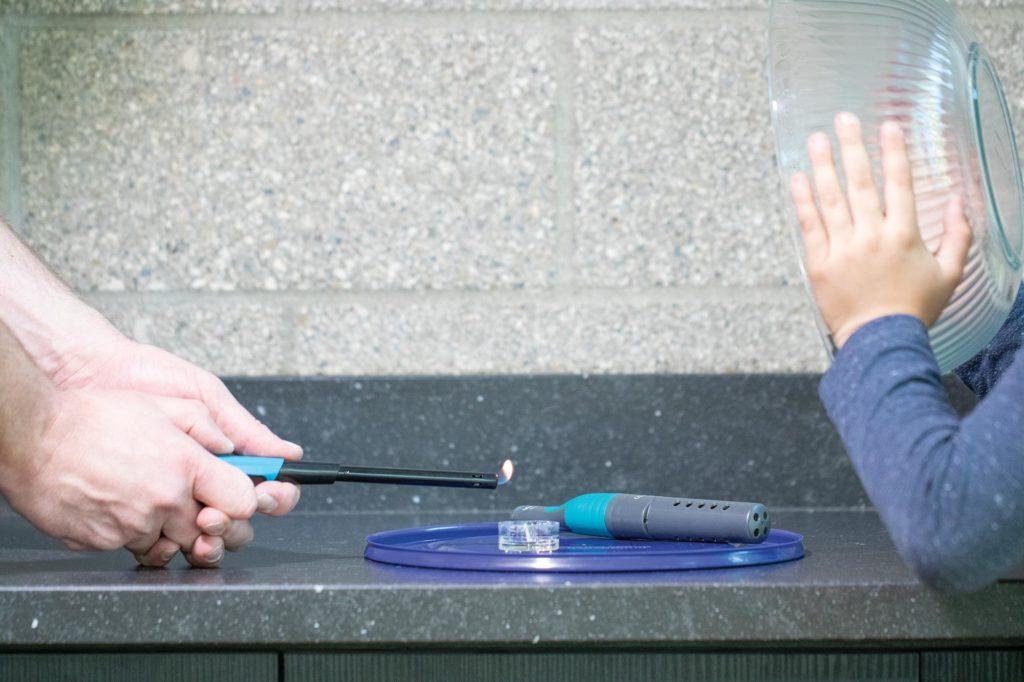
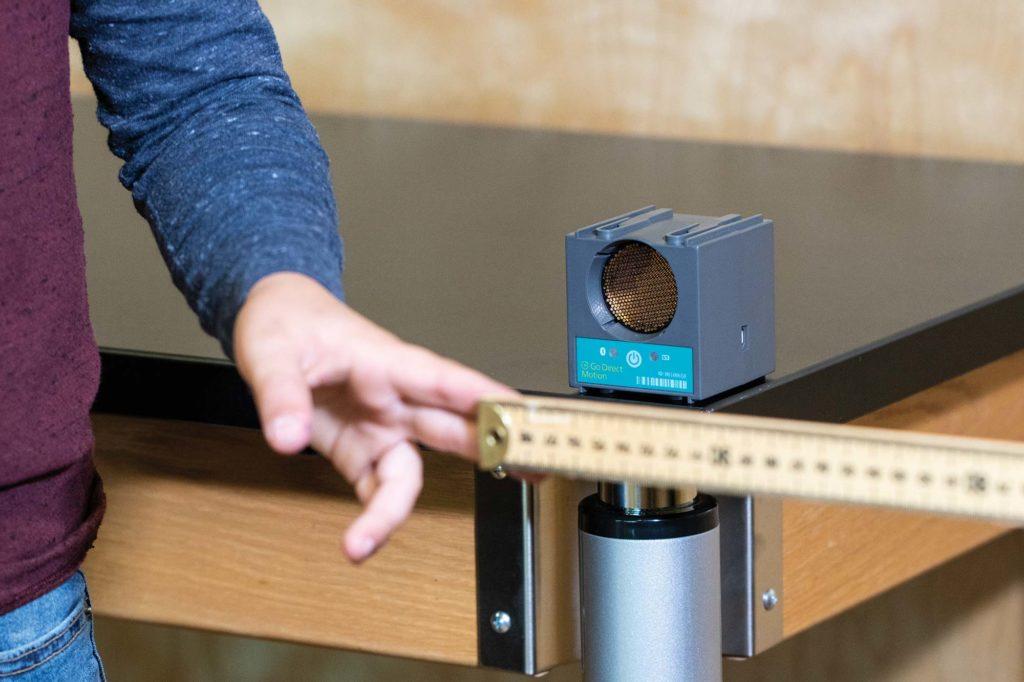
Investigations Designed to Integrate Three‑Dimensional Learning
This downloadable e-book supports student learning that integrates all three dimensions of NGSS.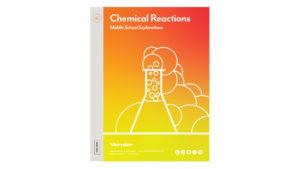
Middle School Explorations: Chemical Reactions
OpenSciEd and Vernier
Our new partnership with OpenSciEd gives middle school teachers access to free high-quality instructional materials that integrate our data-collection technology and align with the Next Generation Science Standards.
Vernier Supplement
to
Thermal Energy
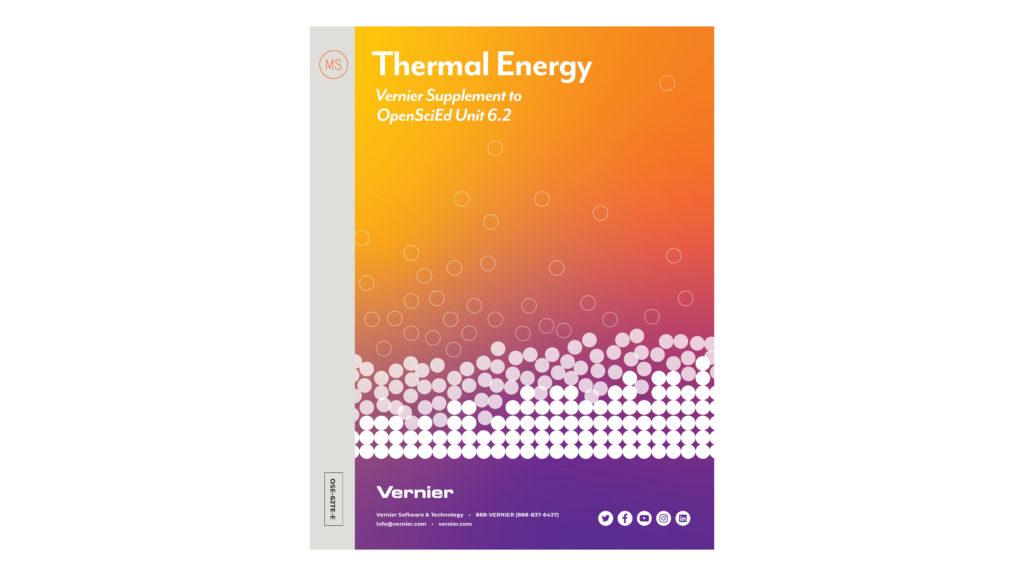
Students plan and carry out investigations to systematically test cup systems, tracking the flow of matter and energy into or out of the system as they develop a model of thermal energy.
18 Experiments in unit, including
- Why does the temperature of the liquid in some cup systems change more than others?
- What cup features seem most important for keeping a drink cold?
Vernier Supplement
to Metabolic Reactions
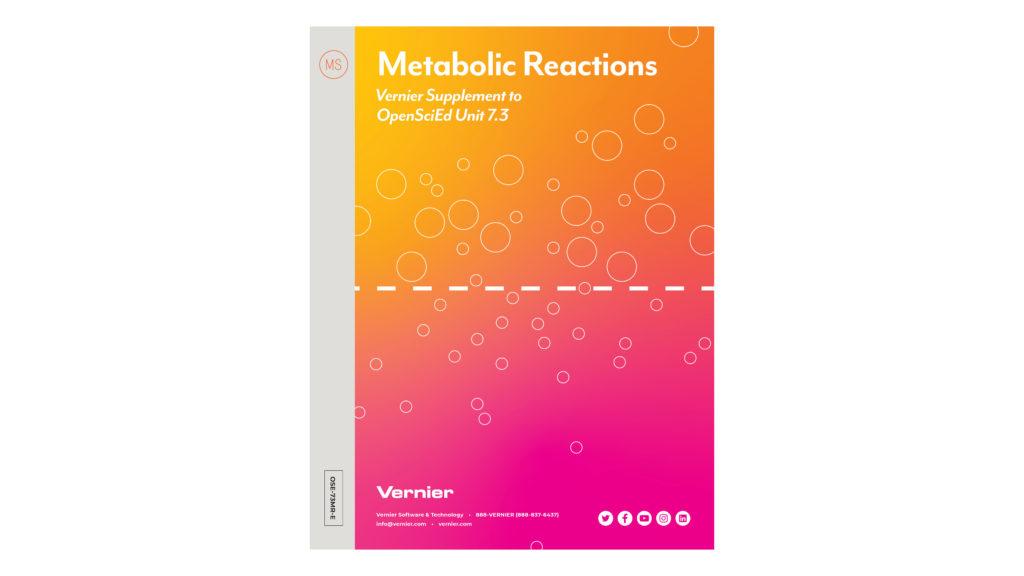
In this unit on metabolic reactions, students use a real case study of a middle school student to develop models to explain how the body uses food and how the body’s subsystems work together.
14 Experiments in unit, including
- What happens when it is burned?
- Does this chemical reaction to burn food happen inside our bodies?
Vernier Supplement
to
Sound Waves
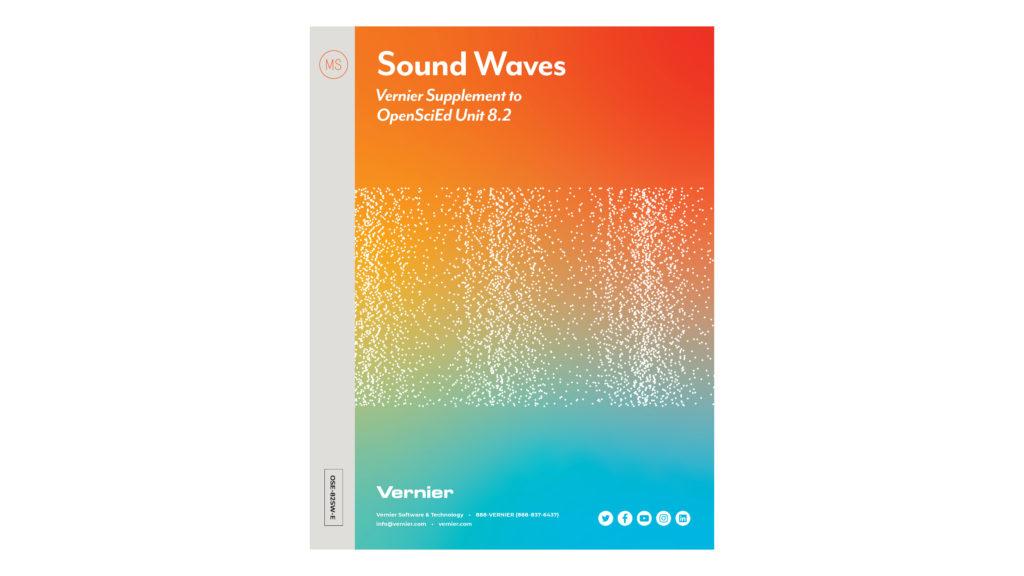
Students engage in model-based reasoning, argumentation, and computational and mathematical reasoning to develop models to explain what makes a sound, how sound moves through the air, and how it makes something move.
14 Experiments in unit, including
- How do the vibrations of the sound source compare for louder versus softer sounds?
- How do the vibrations from a sound source compare for higher-pitch versus lower-pitch sounds?
